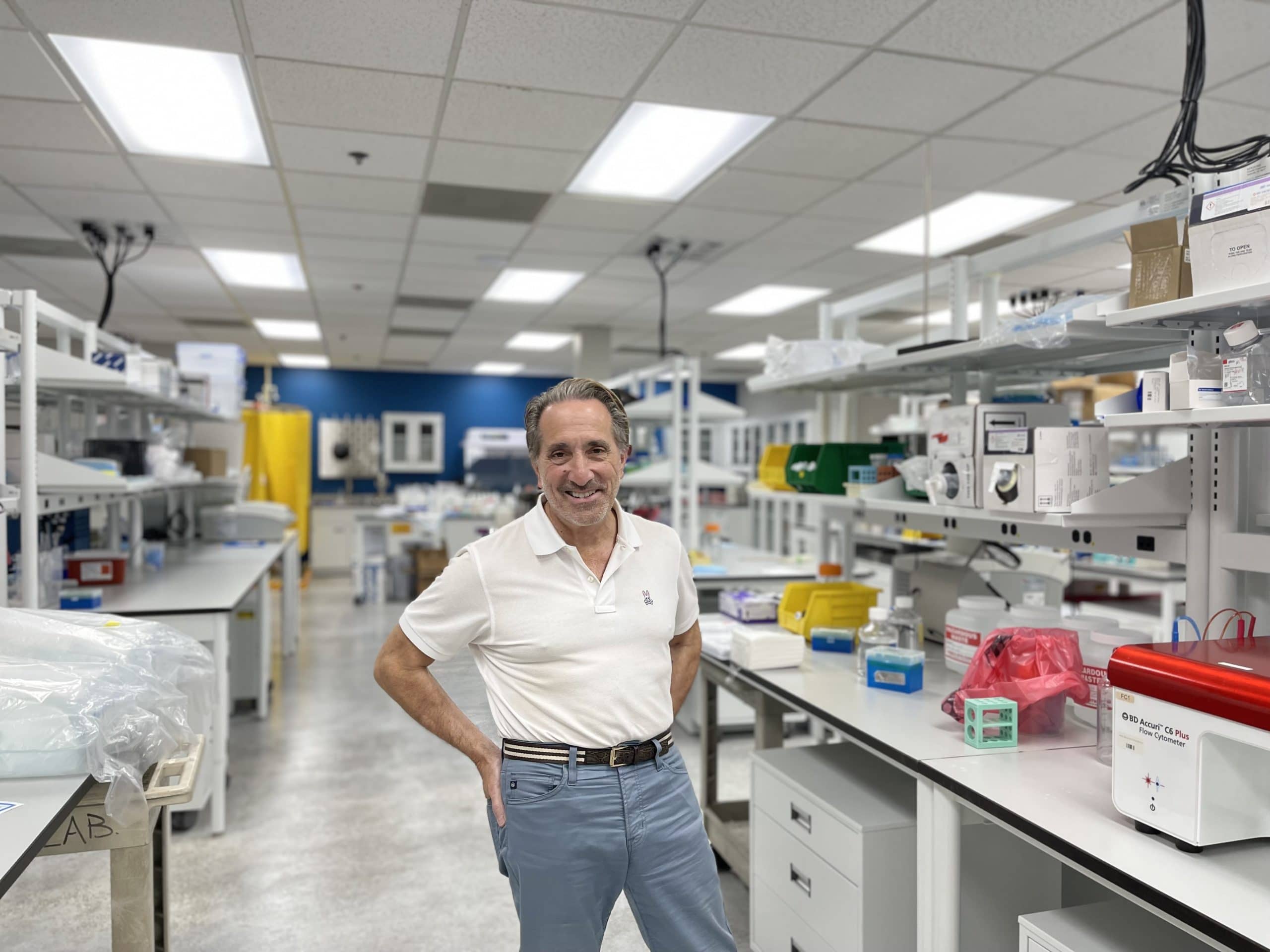Know
Tampa cancer research company closes $22.2M round

Morphogenesis, a Tampa clinical-stage company developing novel therapies to treat cancer, has closed a $22.2 million round.
“This gives us the most runway we’ve ever had,” said CEO James Bianco.
Bianco, a longtime serial entrepreneur in the health care space who has led multiple companies to raise millions, recently relocated from Seattle to Tampa to take the reins of the medical research group.
“It’s really hard to see a return on value creation. The real benefit is the breakthrough science for the patients – that’s what I saw when I came to the company,” he said.
To date, the Dr. Patel Family Office and longtime philanthropist Dr. Kiran Patel has been the largest investor in the startup, investing $47,225,000 in Morphogenesis since 2018.
On the FDA frontier
Bianco said the company is currently focusing on receiving federal approval for its IFx-Hu2.0 therapy to treat patients with Merkel cell carcinoma.
Roughly 50% of patients with Merkel cell cancer have a tumor that looks abnormal or foreign to the patient’s immune system. In this setting, patients will have an activated immune system attacking the tumor; however, it will not be sufficient enough to completely kill the cancer. There’s a new class of immune-activating drugs called checkpoint inhibitors that allow the patient’s immune system to effectively attack the tumor, putting them into remission.
However, the immune system in the other 50% of patients with Merkel cell cancer cannot attack the tumor as the tumor doesn’t appear abnormal to their immune system thus, checkpoint inhibitors will not be effective.
“For these patients, there are no effective therapies and 60% of them will die before entering an investigational clinical trial,” Bianco said.
The IFx-HU2.0 works by injecting a novel gene directly into the tumor. The tumor then turns on that gene to produce a bacterial protein, which sits on the surface of the tumor cell. The tumor that initially didn’t look abnormal (foreign) now looks abnormal and the patient’s immune system can attack the tumor and the checkpoint inhibitors will then work, he explained.
In its ongoing trial, Morphogenesis has shown those patients experienced a major shrinkage of their tumor – and in several patients, there was complete shrinkage.
“Given these encouraging results in Merkel cell cancer, we have designed a study with the assistance of the FDA [Federal Drug Administration] to examine IFx-Hu2.0 in the first-line treatment of patients with advanced Merkel cell cancer. If we can show that our therapy when given with a checkpoint inhibitor increases the response rate (tumor shrinkage rate) better than the checkpoint inhibitor alone, the data from that single trial could be adequate for submission for FDA approval,” he said.
The next step is to complete the trial design for the single study under the FDA accelerated approval pathway and start that study in early 2023. Bianco said he expects that trial to take 18-21 months to generate the data to determine if the trial is successful. If it is, then it would take Morphogenesis an additional four months to apply for FDA review. The FDA would take four to six months to determine its approval.
“We decided not to pursue a similar trial in melanoma. While IFx-Hu2.0 showed similarly encouraging results in melanoma, the pathway to approval would be much longer – having to do at least two phase 2 trials and two large phase 3 trials. Such an effort would cost upward of $50 million to $75 million and take a minimum of six to seven years,” Bianco said. “We believe this strategic direction makes the most sense for deploying limited resources for maximizing the shortest time and greatest value for our shareholders.”
Bianco also said he envisions Morphogenesis becoming a public company in the near future.
“If we have to do a traditional IPO, we can wait it out and during that process, we can add patients to our FDA approval study. It would create more value during the IPO process,” he said. “One of the biggest challenges for all biotech companies is always access to adequate operating capital.”
He said there are multiple ways to help mitigate the risk and cost of capital, including going public as it would provide access to capital. Another option would be accessing non-dilutive capital through potential collaborative agreements with big pharma.







